One of my favorite sites in Paris (and I have many) is the Place de la Concorde. This giant roundabout has seen its share of historical events from the time of its inception in 1755 to the French Revolution in the late 18th-century and finally, the liberation of Paris from the Nazis in August 1944. Originally known as the Place Louis XV, it is easily recognizable by the two Fontaines de la Concorde based on a theme of rivers and seas, the sculptures representing eight French cities, and of course, the view up the Avenue des Champs-Élysées toward the Arc de Triomphe. However, once in sight of the Place, your eyes are immediately drawn to the tall obelisk standing in the center of the Place. The obelisk is more than three thousand years old and called the Luxor Obelisk. There is another famous obelisk standing in London and it is called “Cleopatra’s Needle.” For those of you who know your Egyptian history, you’ll immediately recognize that naming a 3,000-year-old obelisk after Cleopatra is misleading. I am sure that some people confuse the obelisks and might associate the Paris Luxor Obelisk with Cleopatra.

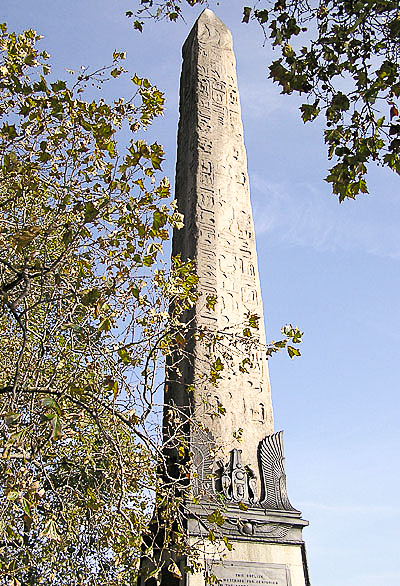
Did You Know?
Did you know that historical “transitions” don’t happen instantaneously? What I mean is that historical events aren’t simply turned on and off by a switch. A great example would be the rise and decline of the Roman Empire. When you ask, “When did the Roman Empire end?” the common response is 500 A.D. Well, it’s not like the Romans were out and the Huns were in at the stroke of midnight on 1 January 500 A.D. There were several hundred years over which the transition took place. The same could be said of the twentieth century’s Cold War, although it took much less time than the demise of the Roman Empire. We tend to think that once World War II was over, we immediately entered into the Cold War with the Soviet Union. While it didn’t take long before Truman and Churchill saw the conflict coming, it took the public quite a while to come to grips with the Soviet threat. Churchill’s famous “Iron Curtain” speech in March 1946 was criticized as being too hawkish and Truman was forced to distance himself from Churchill. The Soviet Union coup of Czechoslovakia in February 1948 established Communist control in that country for the next four decades. It also woke up the American public to Soviet global intentions and as a result, the Cold War was off and running. Today, could it be that a similar pattern with respect to China is beginning to emerge? Travelling through Southeast Asia recently, we saw first-hand the influence of China in that region of the world. It is spread far, and it is deep. With the exception of Singapore and Vietnam, the economies of the other countries we visited appeared to be heavily dependent on China and its vast investments. The Chinese have always taken a long-term approach to their goals. During the 1970s, Chinese Premier Zhou Enlai was once asked what he thought was the significance of the 1789 French Revolution ⏤ almost two hundred years earlier. He responded, “It’s too soon to tell.”
Egyptian Dynasties
A total of thirty-one Egyptian dynasties existed between 3100 B.C. and 332 B.C. (e.g., “1st Dynasty,” “2nd Dynasty,” and so forth). Preceding these between 3200 B.C. and 3100 B.C. was the “Predynastic Period” or “Dynasty 00.” After the 31st Dynasty ended in 332 B.C., the Hellenistic dynasty of Alexander the Great (332 to 309 B.C.) ruled Egypt followed by the Ptolemaic Dynasty (309 to 30 B.C.). The Cleopatra we all know and love was one of the last rulers before Egypt was absorbed into the Roman Empire.
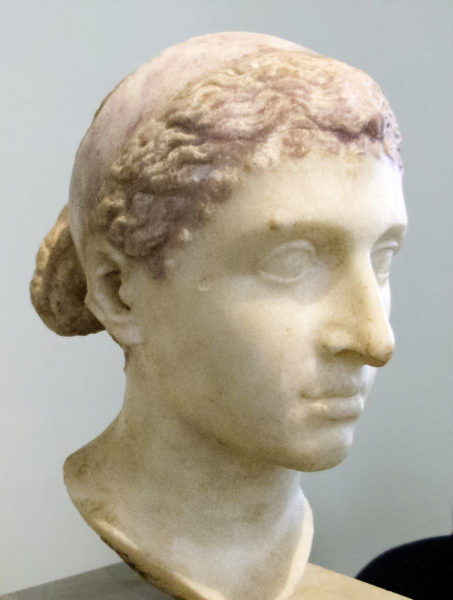
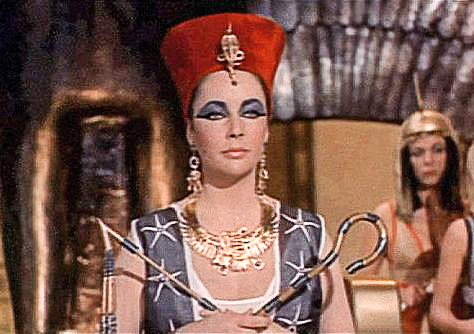
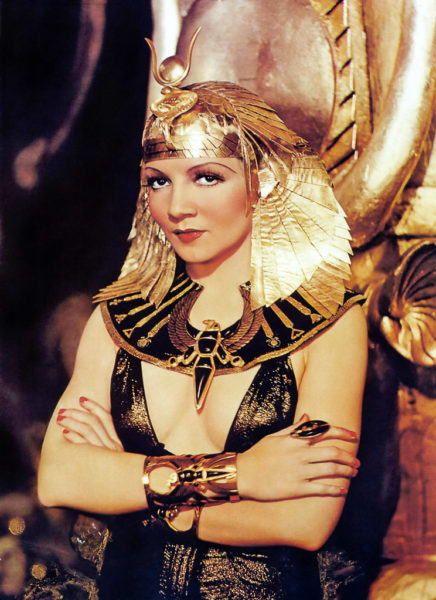
Egypt was governed by native pharaohs for approximately 2,500 years. While predominately men, women become Egyptian pharaohs either through marriage or birth. Cleopatra (69-30 B.C. – reigning for twenty-one years between 51 and 30 B.C.) is well-known because of her antics with Marc Antony and Julius Caesar as well as her suicide. However, she is officially known as Cleopatra VII since there were six before her. So, now you know why an obelisk created during the sixty-six-year reign (1279 to 1213 B.C.) of Ramses II really shouldn’t be associated with Cleopatra VII and her reign almost twelve hundred years later.
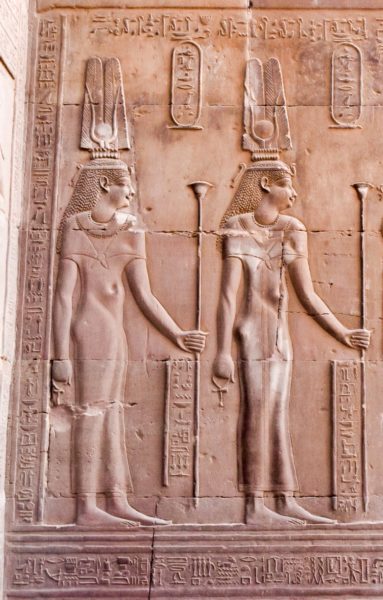
Over the centuries, there were some good rulers and lots of not so good ones (most empires and monarchies were no different). However, it is generally agreed that one of the greatest Egyptian pharaohs was Ramses II.
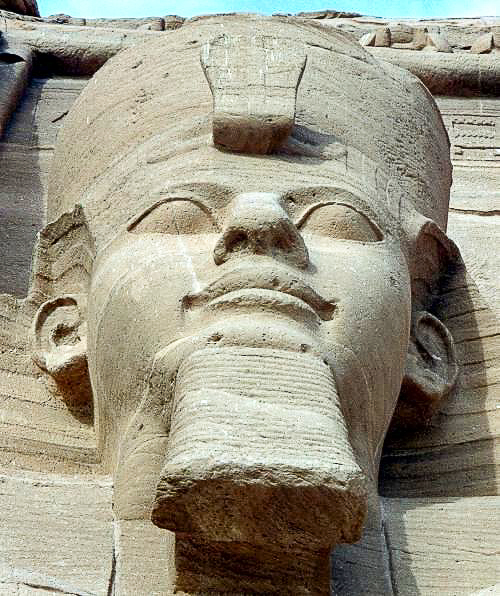
Ramesses II
Ramesses II (1303-1213 B.C.) or, as we’ll call him, Ramses II (I just wanted to save some ink), was the third pharaoh of the 19th Dynasty of Egypt. His reign ended when he died of an infection caused by an abscess of his teeth at the unheard-of age of ninety. He is known as Ramses the Great and his successors would refer to him as the “Great Ancestor.” Upon his father’s death, Ramses II ascended the throne at the age of twenty-four. Ramses II had eight royal wives, but the two principal consorts were Nefertari (his first wife ⏤ died 1255 B.C.) and Isetnofret. His offspring included fifty sons and fifty-three daughters. Watch a biography video on Ramses II here.
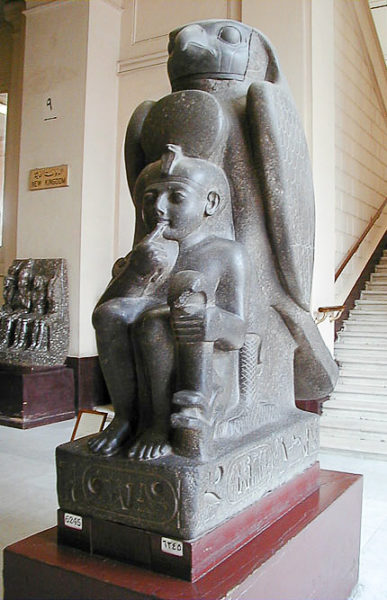
Ramses II was a warrior, a builder, and successful at building Egypt’s influence. He brought tremendous prosperity to Egypt while focusing on building cities, monuments, and temples. He memorialized himself as well as his family in many of the temples and complexes he built. The temple at Abu Simbel is an excellent example. Nefertari’s importance is indicated by the many statues Ramses II built in her likeness and positioning them next to his statues.
If you’ve seen the 1956 movie, The Ten Commandments, you probably remember Yul Brynner playing Ramses II, son of Seti I (Sir Cedric Hardwicke), Ramses II’s wife, Nefertari (Anne Baxter), and Charlton Heston in the role of Moses, Ramses II’s competitor for the throne. We all know who won that race ⏤ at least until the parting sea reversed course.
Ramses II was buried in the Valley of the Kings and later moved to another location. His tomb was discovered in 1881 and the mummified body is now on display in Cairo at the Egyptian Museum (as are the mummified remains of Seti I). Nefertari (“Beautiful Companion”) ⏤ don’t get her confused with Nefertiti who was a Queen consort in the 18th Dynasty ⏤ was buried in one of the largest tombs (QV66) in the Valley of the Queens. Her tomb was discovered in 1904 and excavated. It had been robbed but the mummified legs of the queen were found in the tomb and are now on display at the Museo Egizio in Turin, Italy.
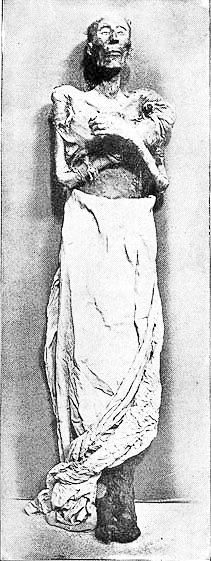
Luxor Temple
Of all the Egyptian pharaohs, Ramses II was one of the most prolific builders. Most of these buildings and objects (e.g., obelisks) were built to honor himself, his rule, and his family. One of the reasons his building legacy has survived for more than 3,200 years is that Ramses II instructed his builders to construct the buildings to survive thousands of years (being buried in sand for centuries deprived of oxygen helped too). This included carving deep into the stone reliefs which dominate the buildings and memorials. Ramses II erected more stone statues of himself than any prior or future pharaoh. As a point of reference, the Great Pyramids of Giza were built approximately 1,500 years prior to Ramses II’s reign. Some of his more well-known buildings and complexes include Abu Simbel, the Ramesseum, and Luxor Temple. Watch a video of Luxor Temple here.
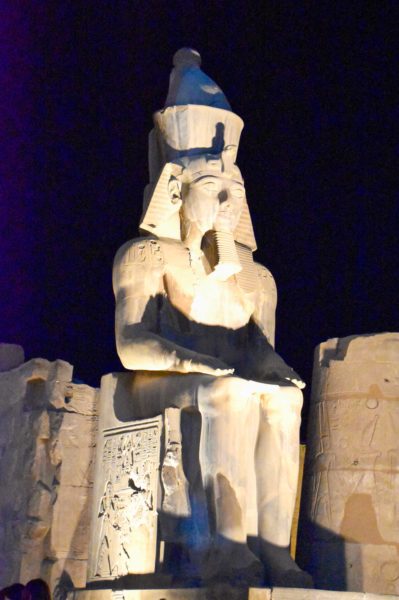
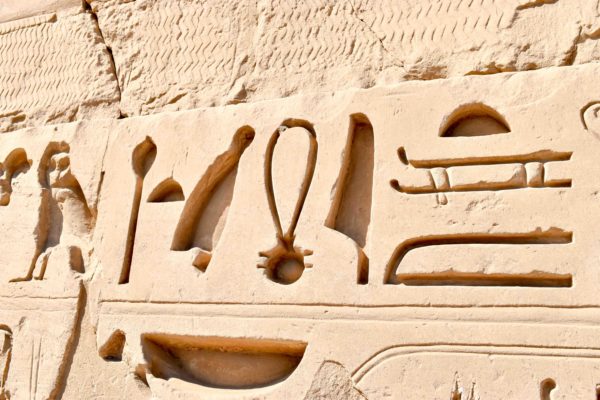
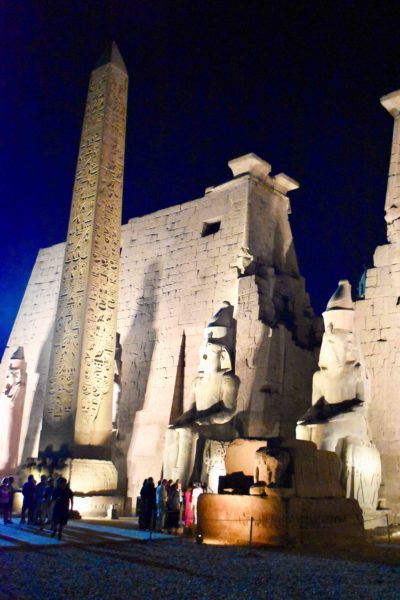
The city of Luxor (previously, the ancient Thebes), located on the east bank of the Nile River, was founded in 1400 B.C. Four major temples are located in Luxor as are the two principle “cult” temples known as Karnak and Luxor (connected by the Avenue of the Sphinxes). The Luxor Temple is not dedicated to the cult of a single god but rather, to the rejuvenation of kingship. It is thought that the pharaohs were crowned in the Luxor Temple.
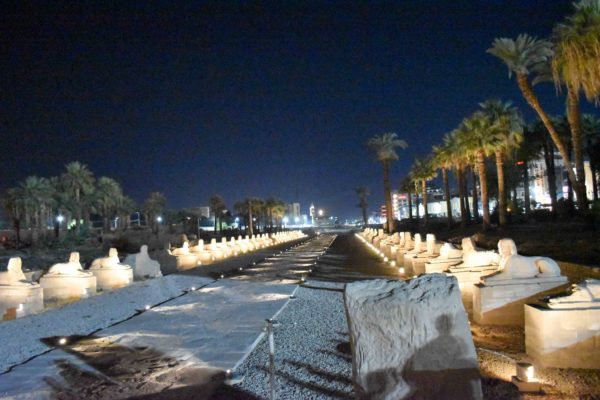
Approaching Luxor Temple, one is greeted by a tall obelisk to the left of the temple. It sits on a relatively short pedestal. As someone who likes things to be symmetrical, I immediately noticed there was no obelisk on the right to balance off the entrance. An obelisk once stood there but it has since been carted off and relocated (no spoiler alert needed here as I gave away the location in the first paragraph of the blog).
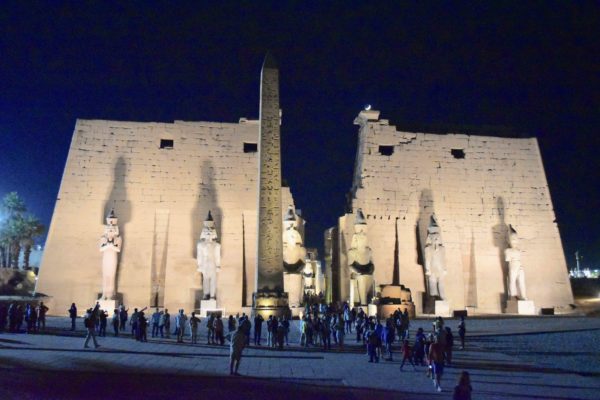
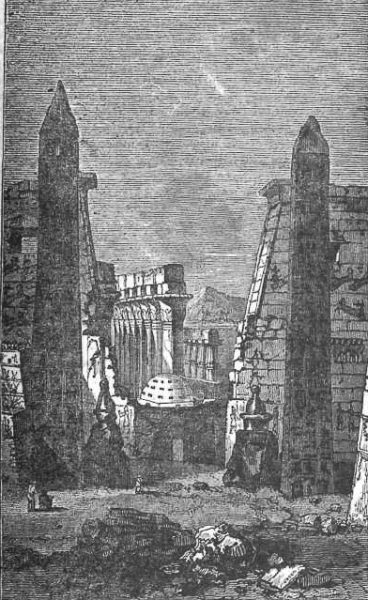
The Obelisks
The two obelisks located at the entrance to the ancient Luxor Temple were the tallest obelisks constructed by Ramses II more than 3,000 years ago. Both of them were given to France in the early 19th-century by the ruler of Egypt, Mohammad Ali (1769-1849). The Pasha was not that concerned about the preservation or retention of ancient Egyptian artifacts. Ever since Napoléon’s military campaign in Egypt, a mutual fascination grew between the French and the Egyptians.
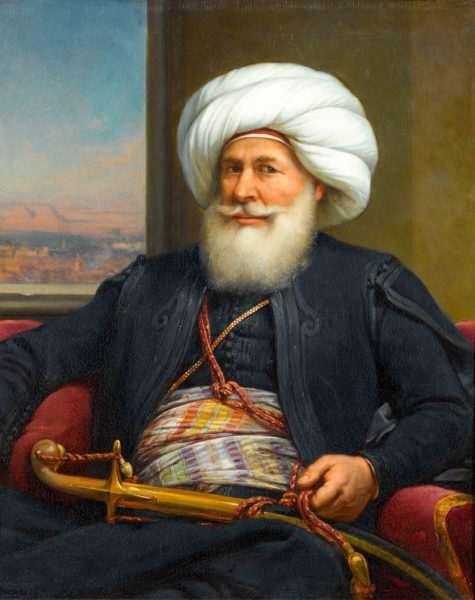
The Pasha gave both obelisks to France in return for a clock (you can view the clock in the clocktower of the Cairo Citadel, but it hasn’t worked since its installation). The obelisk on the right of Luxor’s entrance (and shortest of the two) was shipped first and arrived in Paris on 21 December 1833 after a 17-month voyage. Three years later, the obelisk was erected in the middle of the Place de la Concorde. The transportation and final erection of the obelisk were so laborious and costly that the French government decided not to accept the second obelisk. Technically, they never renounced the second part of the Pasha’s gift until recently when the original offer was diplomatically and officially turned down.
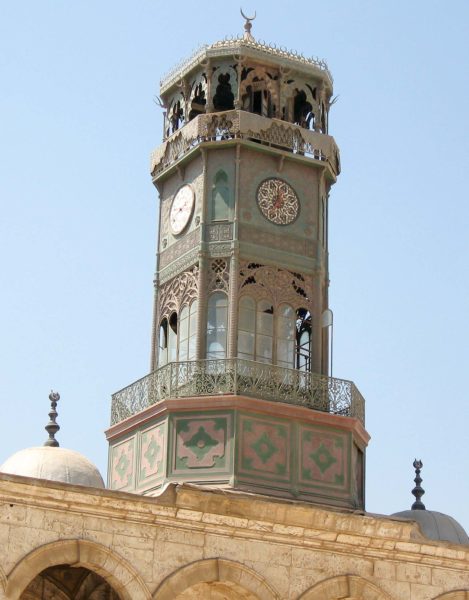
The Luxor Obelisk in Paris stands 75 feet tall, weighs approximately 227 tons, and sits on a modern pedestal. The pedestal was originally built for an equestrian statue of Louis XVI, but the 1830 July Revolution put a stop to those plans. The obelisk’s original crown was likely stolen during the 6th Century B.C. and it wasn’t until 1998 that it was replaced with a modern-day gold-leaf cap. Watch a video of the Place de la Concorde showing details of the obelisk here.
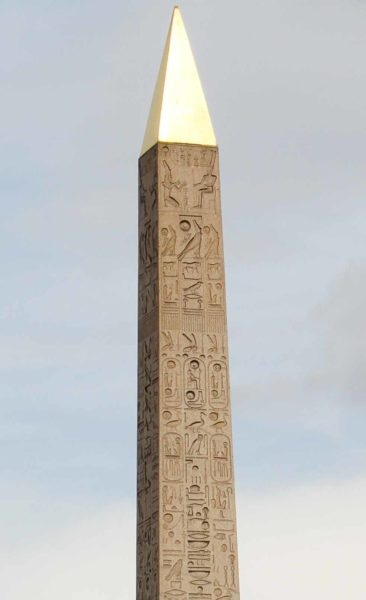
The Baboon’s Private Parts
Both of the Luxor obelisks originally stood on identical pedestals. Each pedestal had sixteen sculpted male baboons (four on each side) facing you with their arms raised and palms of their hands extended outward. The ancient Egyptians noticed that as the sun rose each morning, baboons would stop and face the sun. They would stand on their hindquarters, arms raised, and palms facing the rising sun. Since the Egyptians worshiped Ra, the Sun god, they naturally assumed the baboons did so as well.
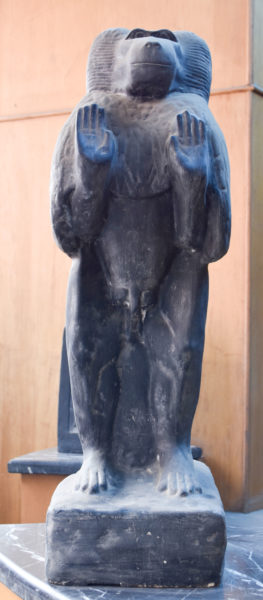
When the Luxor obelisk and its pedestal were received by the French, they quickly noticed that when viewing the baboons standing full frontal, their genitals were exposed to the public. Well, they couldn’t have that, so they shipped the pedestal off to the Louvre and decided to use Louis XVI’s pedestal instead. Details of the obelisk’s journey to France and erection in the Place de la Concorde were inscribed on the sides of the new pedestal. Go to Louvre Museum’s information here.
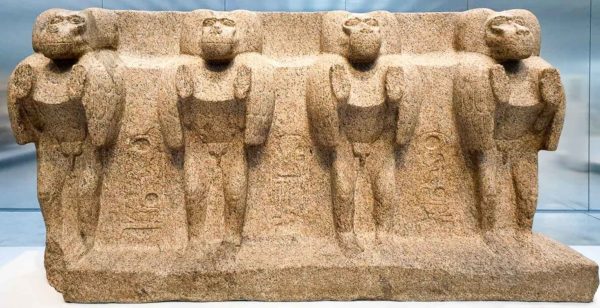
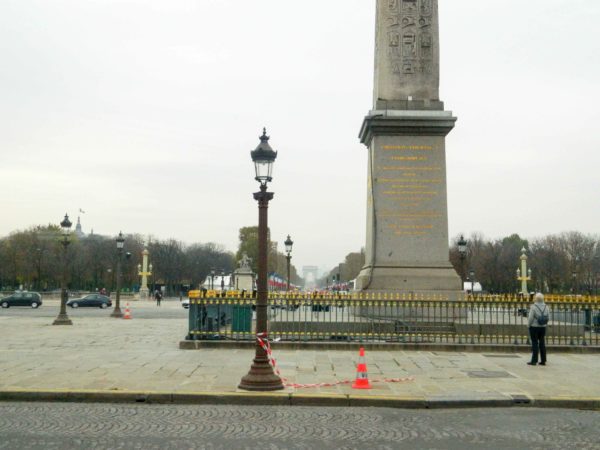
We’ve seen the baboons on the Luxor Obelisk’s twin in Egypt (there are only four baboons left). It is true about the baboons’ private parts even with the effects of three thousand years of weathering. Now, I have to go back to the Louvre and the Egyptian section to see the other pedestal which was given a life sentence for obscenity.
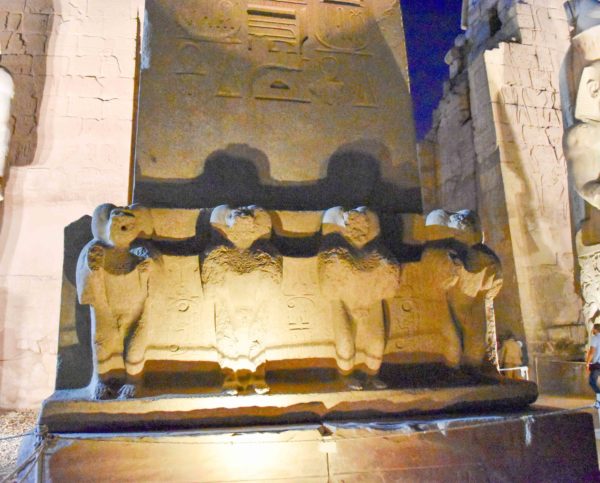
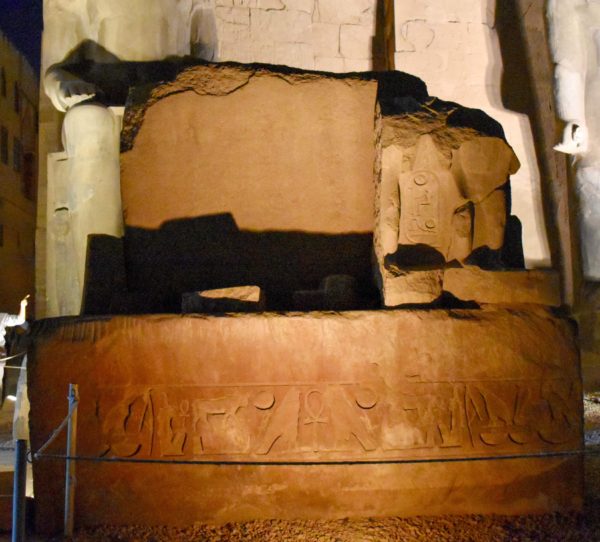
✭ ✭ ✭ Learn More About The Luxor Obelisk ✭ ✭ ✭
Unfortunately, I couldn’t find any books devoted to this topic. I guess I should have paid the five dollars to one of the hundreds of vendors pressing their books into my hands while visiting Luxor Temple. So, instead I’m going to list some sites in Paris which were built with an Egyptian theme and Egyptian revival architecture. Here you go.
- Glass pyramids at the entrance to the Louvre Museum.
- Egyptian goddess Hathor on the façade of the Foire du Caire or, The Fair of Cairo.
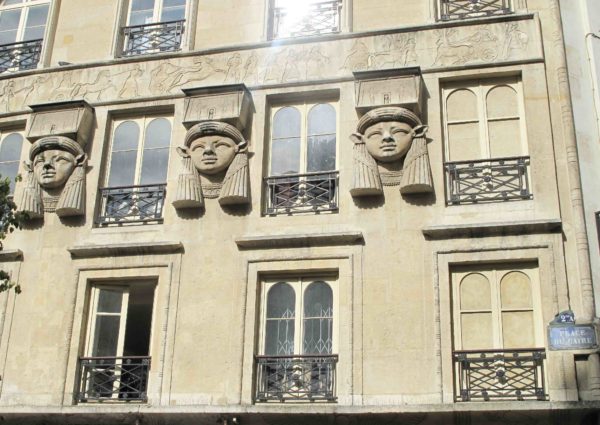
Exterior of building located at 2, Place du Cairo in Paris and the distinctive Hathor head sculptures designed by J.G. Garraud. Photo by Tangopaso (2009). PD-Author Release. Wikimedia Commons. - Hôtel de Beauharnais (the German Embassy during World War II and home to the German ambassador today).
- Sphinx-like statues in the Fontaine du Palmier ⏤ Place du Châtelet.
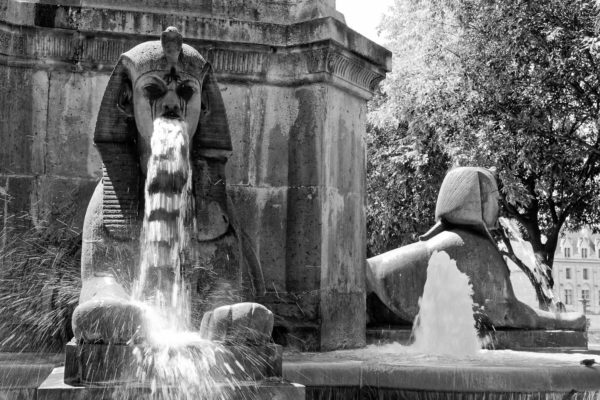
Fontaine du Palmier. Fountain basin and sphinxes were added to the column in 1858 under orders of Napoléon III. Photo by Ddeveze (2016). PD-CCA-Share Alike 4.0 International. Wikimedia Commons. - Statue of a fellah (a peasant) dressed in ancient Egyptian attire. He is thought to be Antinous, Emperor Hadrian’s lover ⏤ Fontaine du Fellah, Rue de Sèvres.
- Last but not least, the infamous Paris brothel named Le Sphinx located at 31, boulevard Edgar-Quinet.
What’s New With Sandy and Stew?
As promised in previous blogs, I’d like to share some thoughts with you about our recent trip to Egypt. We flew into Cairo and stayed in the city for four days. Then, we took a plane to Luxor where we boarded our ship for the seven-day trip down the Nile River to Aswan and then returning to Luxor. After flying back to Cairo, we spent our last day going through the new Grand Egyptian Museum next to the Giza Pyramids.
The first impression that Egypt and Cairo made on us was the traffic. The best description I’ve come up with is that traffic in Cairo (and other cities for that matter) is in total anarchy. A street with three lanes supports eight cars abreast, each jockeying for position. Besides cars, buses, and small vans which act as “public” transportation, competition for space on the road is shared with donkey carts, animals, pedestrians, and people sitting in the road selling fruits and vegetables. If you’re familiar with New York City and the honking, just multiply that by a hundred times for all those Egyptian vehicles letting another car or person know they are about to be hit. There are no traffic lights, stop signs, or pedestrian crosswalks and no one uses headlights in the dark (it’s disrespectful to the other drivers).
Egypt is a very poor country. Yes, I’d go as far to say it is probably a third-world country. The people are very nice, and everyone wants to sell you something. Next to the income derived from the Suez Canal, tourism ranks second in the Egyptian economy. We were told that after the Spring Uprising in 2011, all tourism came to a complete stop for five years. It has only been in the last two or three years that tourists have returned to Egypt. We shared the sites with tourists from many different countries in Europe, Eastern Europe, Russia, Australia, and South America. Considering the “trickle down” effect, I just can’t imagine how people who depended on the tourist dollar to feed their families survived those five years.
After we returned home, many people asked whether we felt safe while in Egypt. Frankly, neither Sandy nor I ever felt unsafe. We always traveled with the group and never went off on our own. No matter where we went, we were accompanied by a gentleman wearing business attire. Under his suitcoat was an automatic machine gun ⏤ locked and loaded. He would follow us out to each excursion and position himself next to the member of our group who had wandered out the farthest. While in Cairo, our buses were accompanied by police cars and entering the grounds of the hotels required us to stop for the bomb-sniffing dogs to search under the bus. Several times while on a small boat crossing the Nile a police boat followed alongside. Outside the city, police checkpoints came up every two hundred yards. I still don’t know what they were checking for ⏤ we were told by our guide that it was a carryover from British occupation. After the second or third day, some of us came to the conclusion that we weren’t being told the truth about the current situation in Egypt. So, we stopped asking those types of questions.
This is a trip everyone should do. Obviously, standing next to preserved buildings, artifacts, and artwork which are five thousand years old is a once in a lifetime experience. You’re quickly overwhelmed by the sophistication and duration of the Egyptian civilization.
I only wish that our young people and those who take our country for granted would visit Egypt. I guarantee they would return with a better perspective and appreciation for the United States and what this country has built. Americans might also lose their perception that the rest of the world revolves around the United States. We’re not perfect but every time we return to the states and the passport check officer says, “Welcome back,” I respond with, “It’s always good to be back.”
Someone Is Commenting On Our Blogs
Thank you to LA J. for comments on our blog, I Was Looking Forward to a Quiet Old Age (read here). The question was about Kitty’s son. Unfortunately, I never ran across any information about him other than he was born in Italy. This is one of those rare occurrences where I ran into a dead end with respect to researching someone.
I’d also like to thank Ken K. for contacting us regarding his book Messages in Handlebars. Ken and his wife, Claire, live six months a year in their beautiful château located in Le Mans, France. I’ve convinced Ken to write a guest blog for us and we intend to publish it on 1 February 2020. It will be a condensed version of the youngest resistance fighter who is the subject of his non-fiction book. I hope you will look forward to his blog as much as I do.
If there is a topic you’d like to see a blog written about, please don’t hesitate to contact me. I love hearing from you so keep those comments coming.
Why Would You Want To Buy Our “Walks Through History” Books?
Simple.
You like to travel and experience history and historical events. You like to see original buildings that had a significant impact on the people and events of the history you’re engaged with. You want to know the stories behind the brick and mortar in front of you.
The walking tour books are meticulously researched so you can go directly to those sites and learn about the building’s history as well as an introduction to some of the more interesting people associated with it.
We Need Your Help
Please tell your friends about our blog site and encourage them to visit and subscribe. Sandy and I are trying to increase our audience and we need your help through your friends and social media followers.
Thank You
Sandy and I appreciate you visiting with us. We have some exciting things on the horizon and we’ll keep you updated as we go along.
Share This:
Follow Stew:
Find Stew’s books on Amazon and iBooks.
Please note that we do not and will not take compensation from individuals or companies mentioned or promoted in the blogs.
 Walks Through History
Walks Through History
Copyright ©2019 Stew Ross

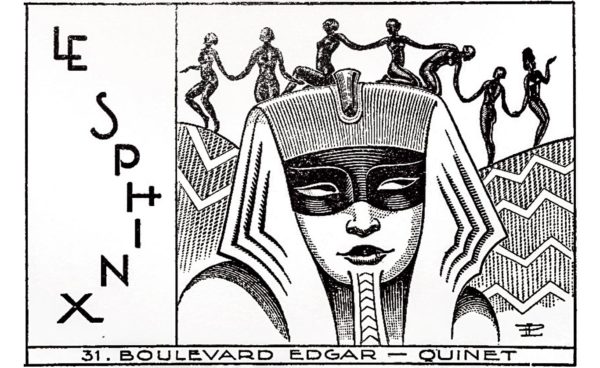

Fascinating information about your trip to Egypt.
Being in Paris I regularly pass by Concorde.
Hope to meet up with you next time you are in Paris.
All best wishes for Christmas and New Year.
Thanks Richard. Sandy and I are planning to visit Paris in mid-September for a couple of weeks. We will definitely reach out to you to plan a day and time to get together. Happy holidays. STEW